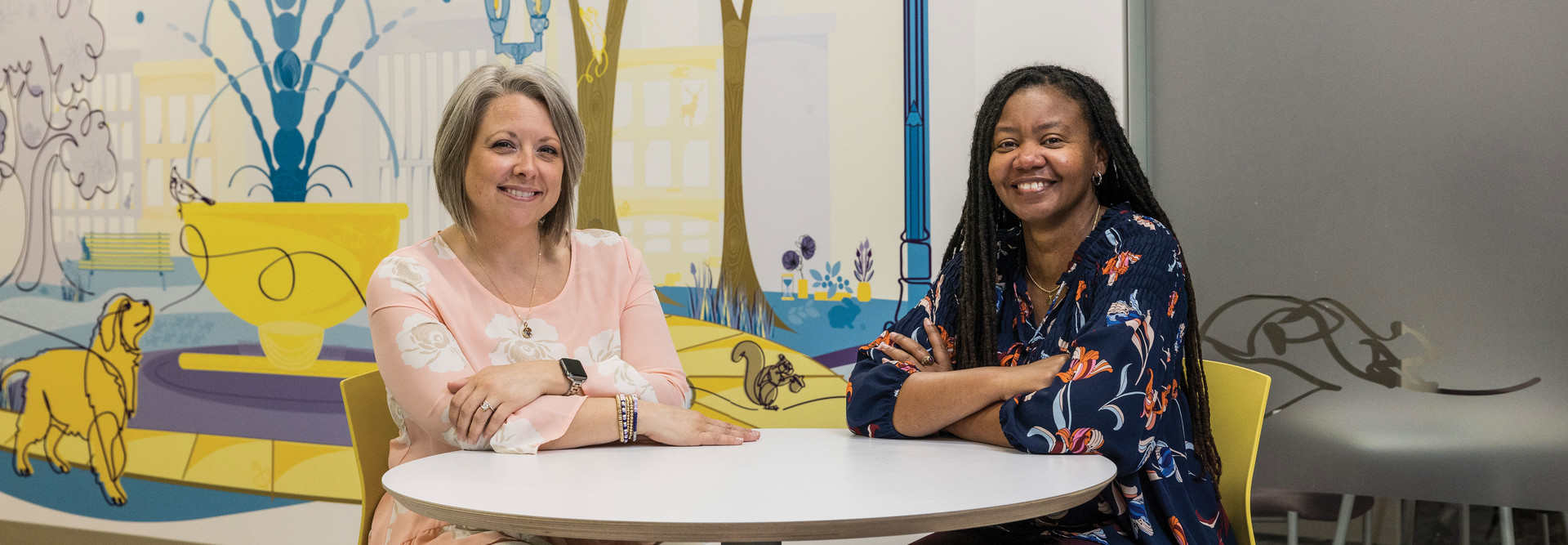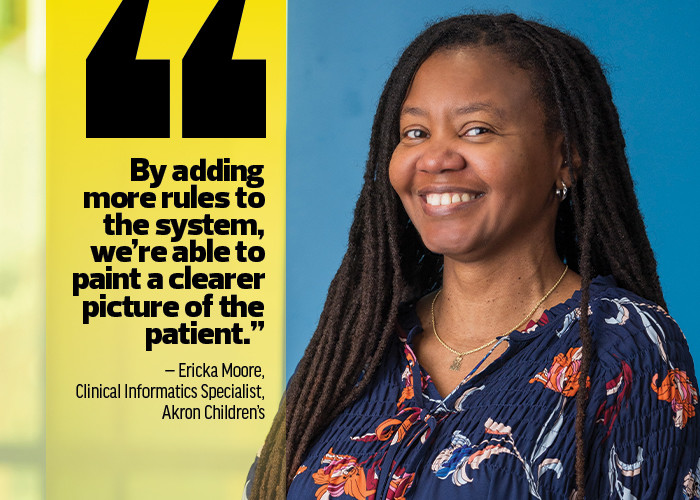In Ohio, Akron Children’s handled nearly 1.3 million patient encounters in 2021. Similar to other hospitals worldwide, it used a Pediatric Early Warning Score system to reveal signs that seemingly stable patients might need more immediate intervention. However, the system required a great amount of coordination and manual calculations from nurses. The hospital wanted a more comprehensive and automated solution to better monitor patients, something that could use AI to analyze millions of real-time data points such as vitals and lab results from the electronic health record (EHR) system to better predict adverse events.
“Nothing happens overnight,” Erin Pitchure, quality initiative specialist at Akron Children’s, says of building the new analytical system. “We worked together to add rules and indications of conditions so that predictions would be more accurate and trigger the appropriate warnings.”
LEARN MORE: A Texas-based children’s hospital transforms its recovery strategy.
The system is anything but static, since nursing staffers offer continuous feedback. “Someone is always asking us to add something. By adding more rules to the system, we’re able to paint a clearer picture of the patient,” says Ericka Moore, clinical informatics specialist at Akron Children’s. (Moore and Pitchure have also held nursing positions in the past.)
After implementing the new system, Akron Children’s saw a 39 percent decrease in medical response team calls and a nearly 18 percent decrease in unplanned transfers to the intensive care unit. In addition, the team noted improved situational awareness and a reduced cognitive workload for clinicians.













